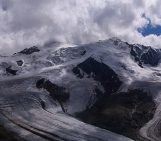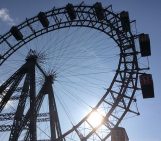The selection committee received over 400 photos for this year’s EGU Photo Contest, covering fields across the geosciences. The fantastic finalist photos are below and they are being exhibited in Hall X2 (basement, Brown Level) of the Austria Center Vienna – see for yourself!
Do you have a favourite? Vote for it! There is a voting terminal (also in Hall X2), just next to the exhibit. The results will be announced on Friday 22 April during the lunch break (at 12:15).
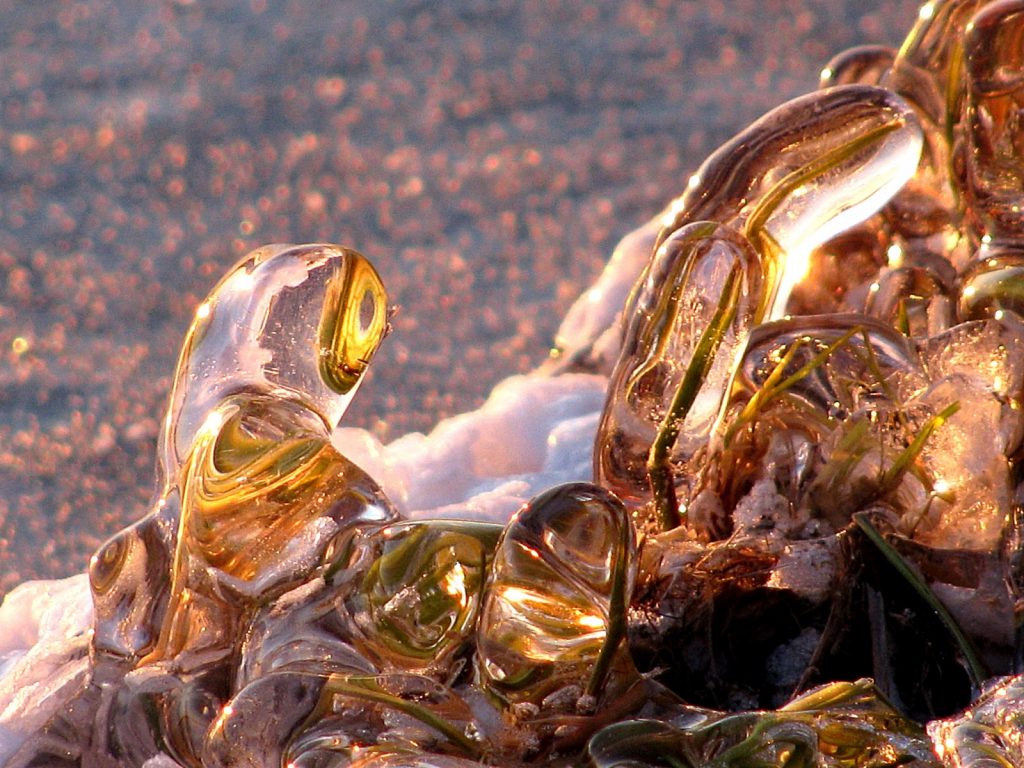
‘Icebound blades of grass’. Credit: Katja Laute (distributed via imaggeo.egu.eu). A close up of blades of grass totally coated with ice. The photo was taken at sunset along the shoreline of Selbusjøen, a lake in middle Norway. The coating of the ice was built through the interplay of wave action and the simultaneously freezing of the water around the single blades of grass.

‘There is never enough time to count all the stars that you want’. Credit: Vytas Huth (distributed via imaggeo.egu.eu). The centre of the Milky Way taken near Krakow am See, Germany. Some of the least light-polluted atmosphere of the northern german lowlands.
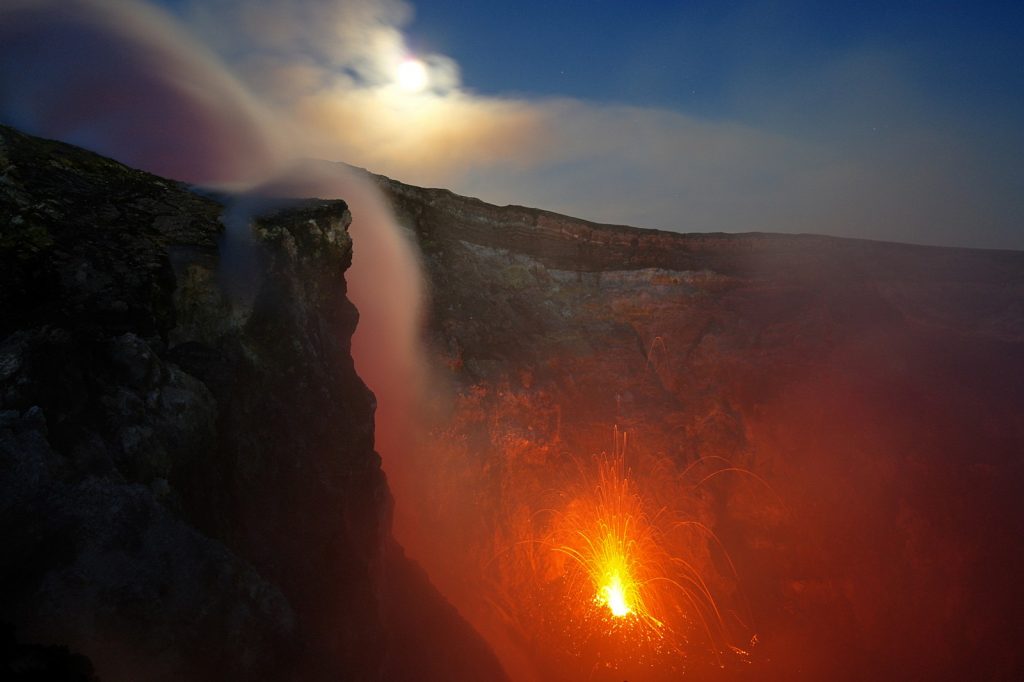
‘Full moon over Etna’s fire’. Credit: Severine Furst (distributed via imaggeo.egu.eu). Etna is one of the most active volcano on Earth but also one the most monitored. As soon as instruments show any signs of volcanic activity, scientists from the Istituto Nazionale di Geofisica e Vulcanologia (INGV) of Catania urge to the summit to gather various eruption data. In this summer evening, the fresh wind sweep the clouds to reveal the rise of the full moon over one of Etna’s summit craters where a strombolian eruption is taking place.
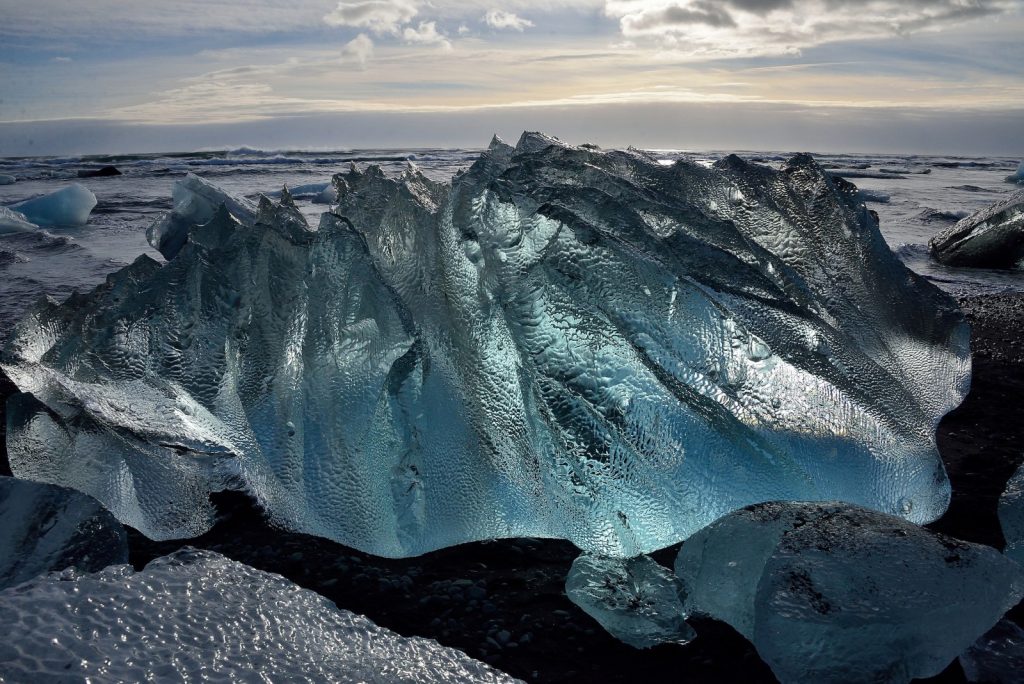
‘Glowing Ice’. Credit: Vytas Huth (distributed via imaggeo.egu.eu). Ice on Jokulsarlon beach in Iceland. Ice calving off the Breidamerkurjokull, one of the glaciers comprising the Vatnajokull, the largest glacier in Iceland. The is retreating rapidly, and in the process has created a large glacial lagoon known for its spectacular icebergs.

‘Ice lace flower’. Credit: Maria Elena Popa (distributed via imaggeo.egu.eu). Early morning shot of a spider web with frozen water droplets. The photo has been turned upside down, to make it look like a flower.
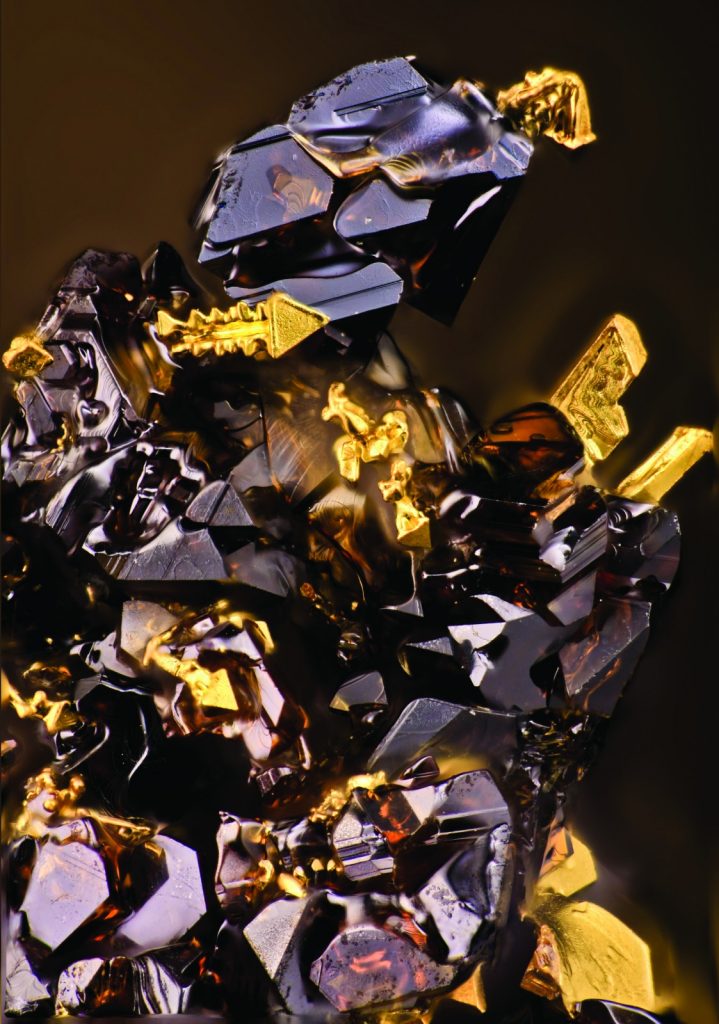
‘Sphalerite’s “Transformer”‘. Credit: Dmitry Tonkacheev (distributed via imaggeo.egu.eu). The bulk of Au wire “boards” on the dark-brown phase surface in the form of fascination crystals (usually arborescent). Some of them look like a weapon from the “Transformers” arsenal or parts of his armor. Also bright diamond luster of this creature makes our “Knight” even more ultra-modern.

‘Nimbostratus painting the sky’. Credit: María Burguet (distributed via imaggeo.egu.eu). This photo was taken in Valencia (Spain) during a storm formation. Nimbostratus are described as a grey cloud cover with a veiled appearance due to the precipitation (liquid or solid) held within them. They are formed when a large layer of relatively warm and humid air ascend above a cold air mass. Together with the Altostratus, it is the core of a warm front.
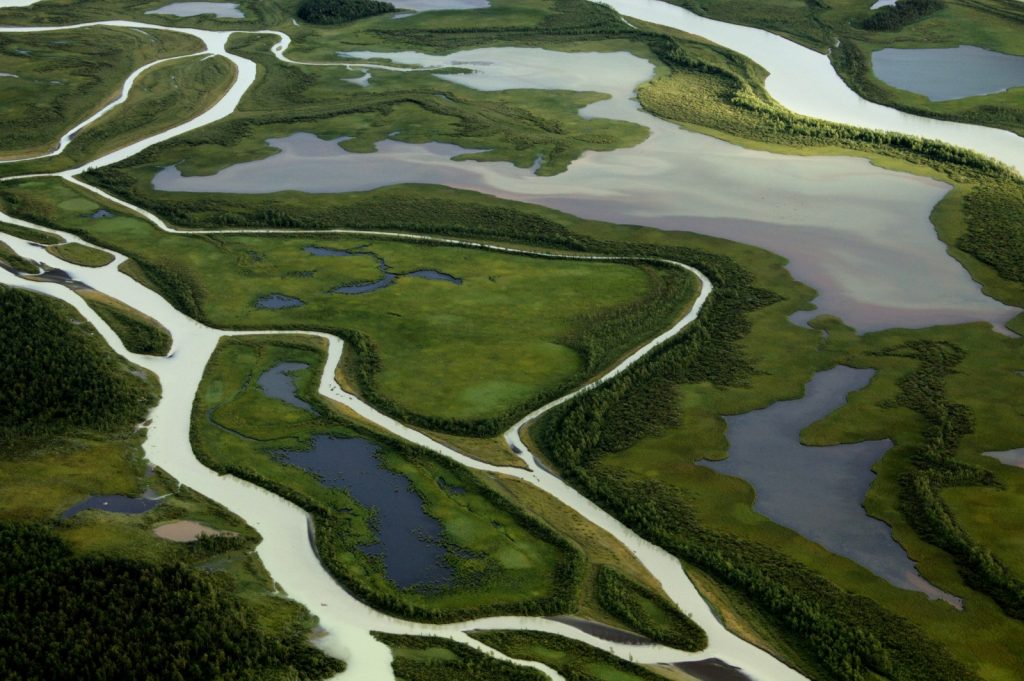
‘Living flows’. Credit: Marc Girons Lopez (distributed via imaggeo.egu.eu). River branches and lagoons in the Rapa river delta, Sarek National Park, northern Sweden. The lush vegetation creates a stark contrast with the glacial sediments transported by the river creating a range of tonalities.
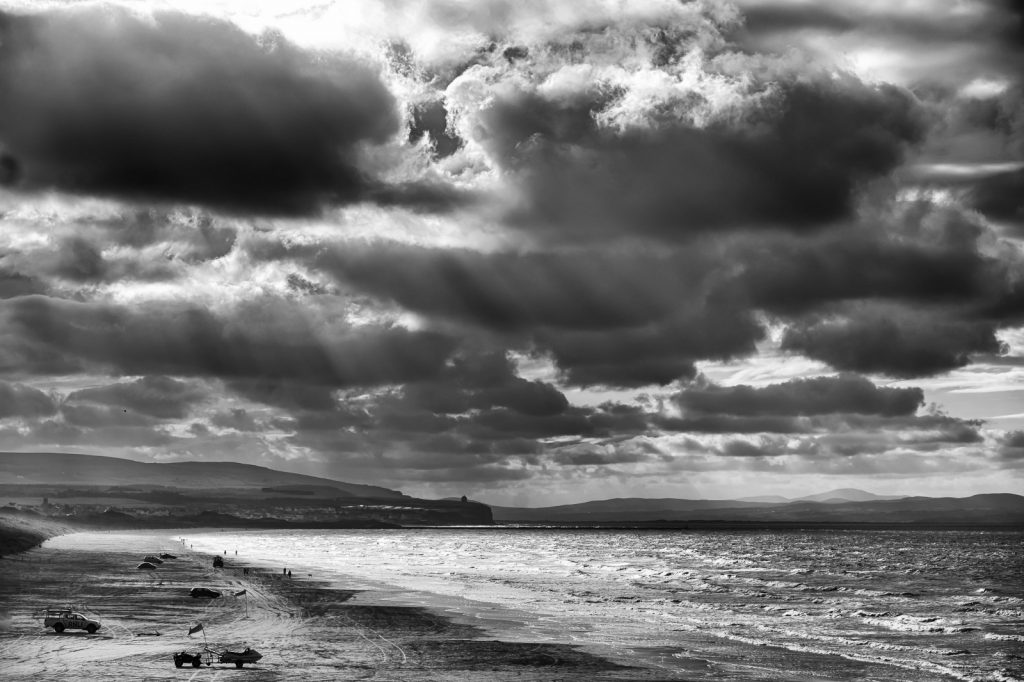
‘View of the Mausoleum’. Credit: Mike Smith (distributed via imaggeo.egu.eu). The north Antrim coast in Northern Ireland, featuring one of the most spectacular coastal roads. In the distance the Mussenden Temple, built in 1785 as a reclusive library 40 m above the Atlantic Ocean.
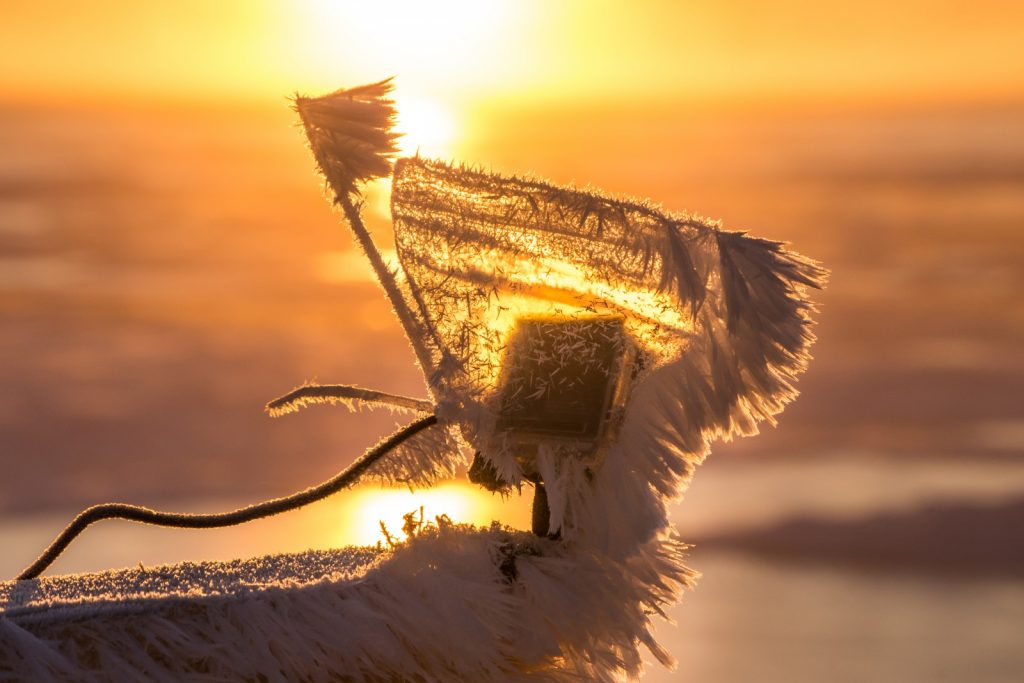
‘Frozen angel’. Credit: Mikhail Varentsov (distributed via imaggeo.egu.eu). Go-Pro camera, covered by hoarfrost, at sunrise, looks like fantasy-style angel with sword and banner. Photo made during NABOS-2015 expedition.
In addition, this year, to celebrate the theme of the EGU 2016 General Assembly, Active Planet, the photo that best captured the theme of the conference was selected by the judges. The winner is this stunning photo entitled ‘Mirror mirror in the sea…’, by Mario Hoppmann! Congratulations! This too is being exhibited in Hall X2 (basement, Brown Level) of the Austria Center Vienna.
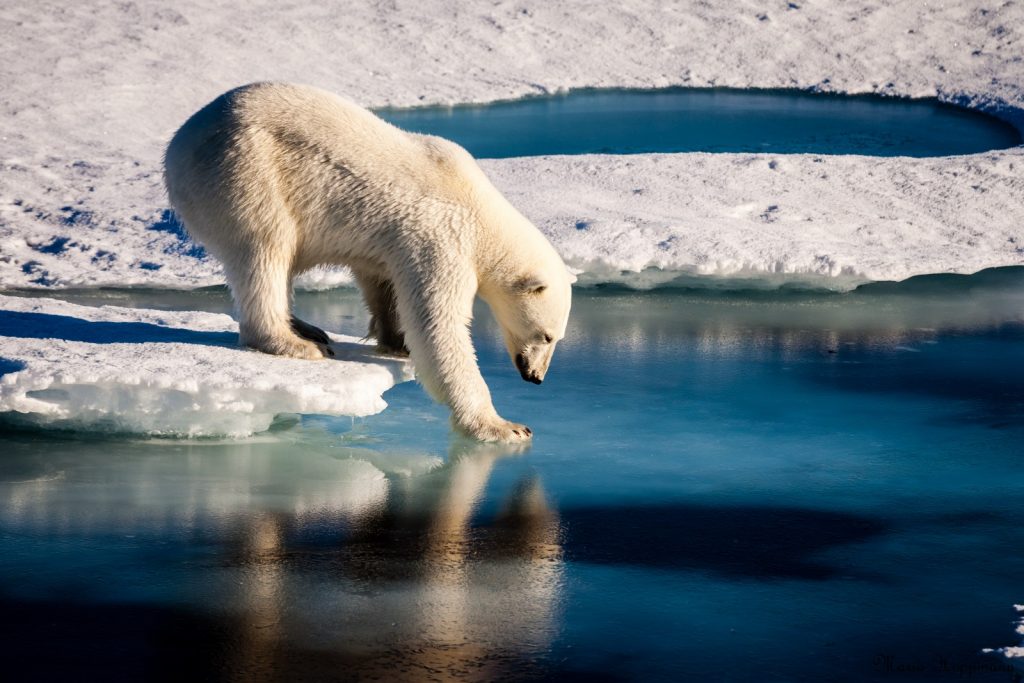
‘Mirror Mirror in the sea…’ . Credit: Mario Hoppmann (distributed via imaggeo.egu.eu). A polar bear is testing the strength of thin sea ice. Polar bears and their interaction with the cryosphere are a prime example of how the biosphere is able to adapt to an “Active Planet”. They are also a prime example of how the anthropogenic influence on Earth’s climate system endangers other lifeforms.

